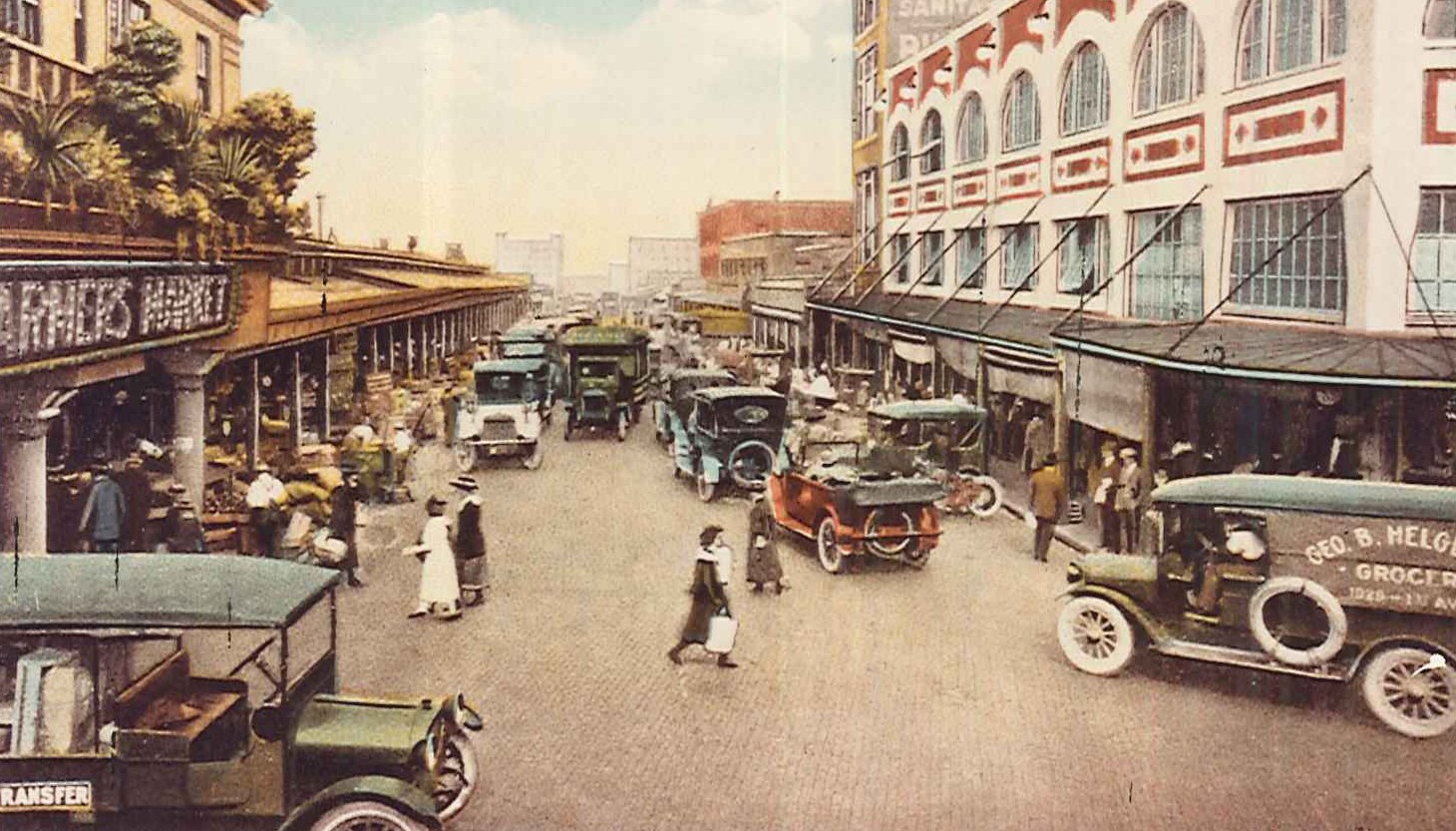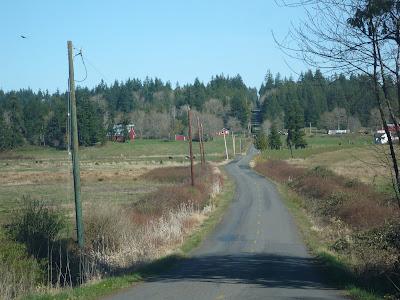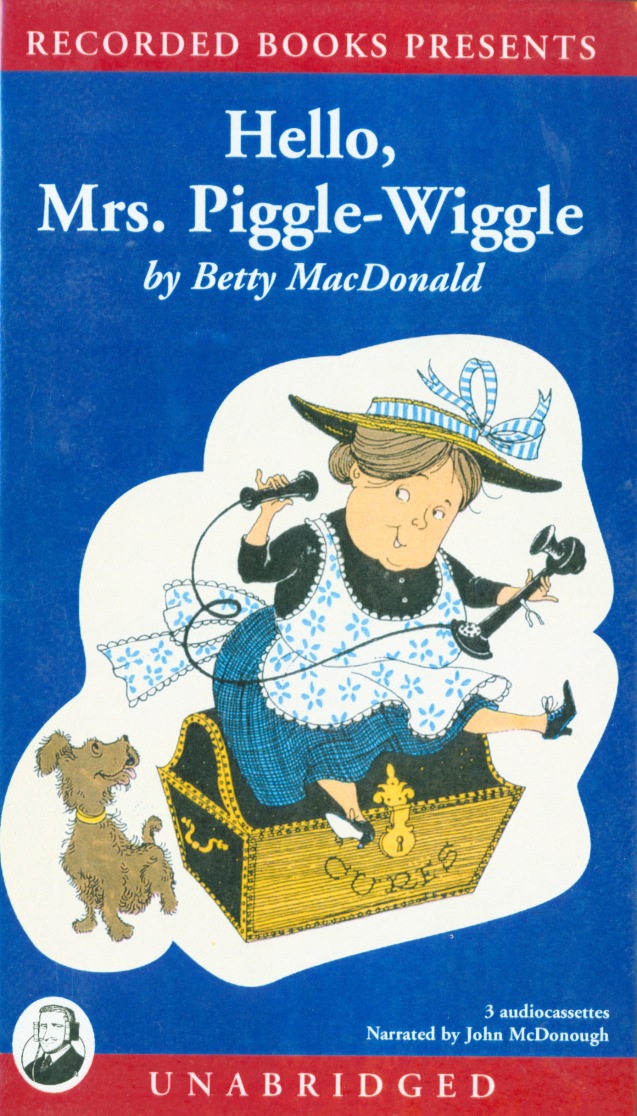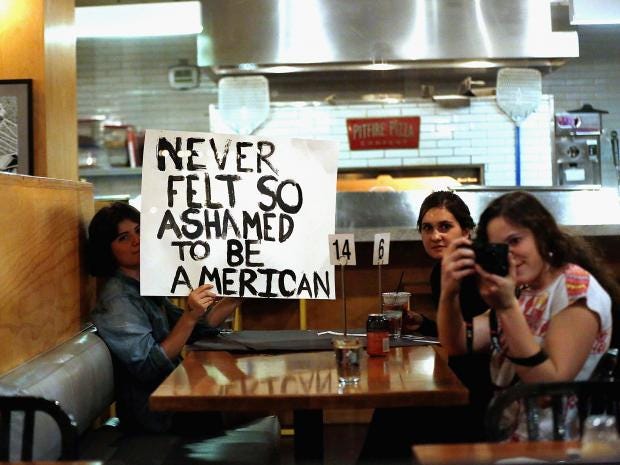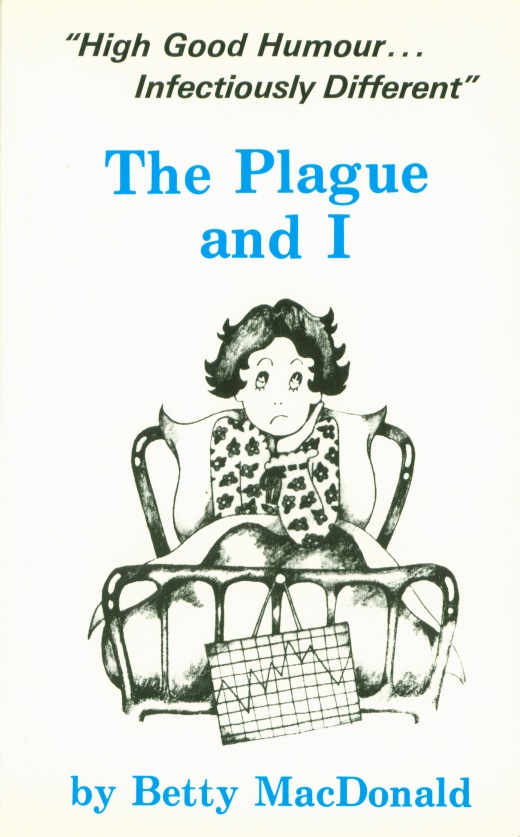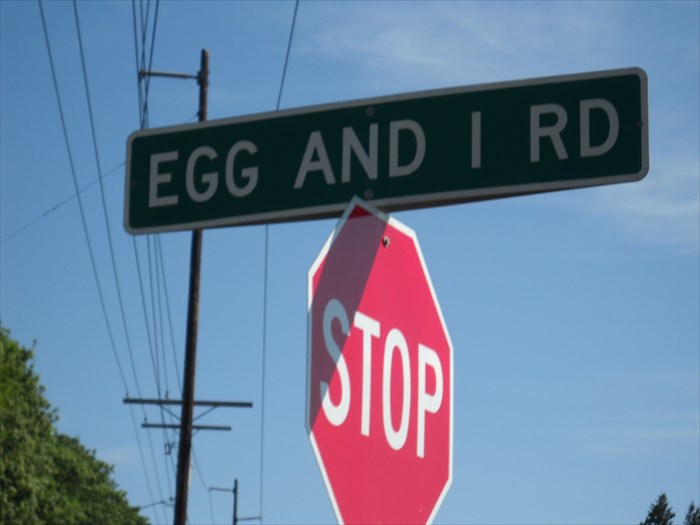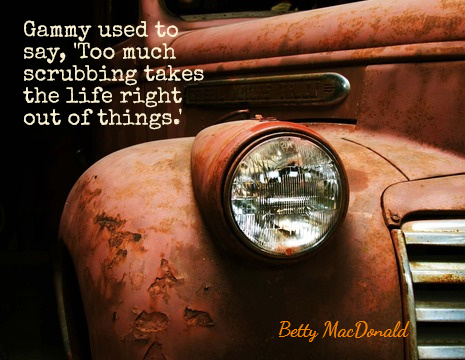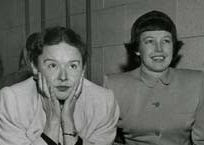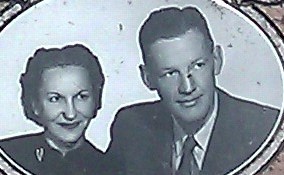![[Betsy+2]](https://blogger.googleusercontent.com/img/b/R29vZ2xl/AVvXsEg6XppMPSxegPk9qbySxmhua5o50JCWJTcpskDRWFz4ng3tcHbnIEhfaZMWkPGvGMW6iusKQLhgBrrvGu7vJy-78-h9lGqw46lE7cKoobDaXG6DWPK0ZS6O4gteJi2J3fpKFdrLCxvkobsF/s1600/Betsy+2)
Betty MacDonald fan club fans,
you can join Betty MacDonald fan club on Facebook.
Thank you so much in advance for your support and interest.If you join Betty MacDonald fan club blog as a follower during April you'll receive a very special Betty MacDonald fan club Welcome gift.
Send your email-address to our contact address, please.
You can see a very special yearbook with a great photo of Betty MacDonald ( Betsy Bard ).
Tell us school and year, please.
![[Betsy+2]](https://blogger.googleusercontent.com/img/b/R29vZ2xl/AVvXsEg6XppMPSxegPk9qbySxmhua5o50JCWJTcpskDRWFz4ng3tcHbnIEhfaZMWkPGvGMW6iusKQLhgBrrvGu7vJy-78-h9lGqw46lE7cKoobDaXG6DWPK0ZS6O4gteJi2J3fpKFdrLCxvkobsF/s200/Betsy+2)
Send us your answer to our contact address, please and you might be our next Betty MacDonald fan club winner.
Good luck!
Happy Easter!
Ingrid
Betty MacDonald fan club founder Wolfgang Hampel sings 'Try to remember' especially for Betty MacDonald fan club organizer Linde Lund at Vita Magica September
you can join
Betty MacDonald fan club
Betty MacDonald Society
Vita Magica
Eurovision Song Contest Fan Club
on Facebook
Vita Magica Betty MacDonald event with Wolfgang Hampel, Thomas Bödigheimer and Friedrich von Hoheneichen
Vita Magica
Betty MacDonald
Betty MacDonald fan club
Betty MacDonald fan club on Facebook
Betty MacDonald forum
Wolfgang Hampel - Wikipedia ( English )
Wolfgang Hampel - Wikipedia ( English ) - The Egg and I
Wolfgang Hampel - Wikipedia ( Polski)
Wolfgang Hampel - Wikipedia ( German )
Wolfgang Hampel - LinkFang ( German )
Wolfgang Hampel - Academic ( German )
Wolfgang Hampel - cyclopaedia.net ( German )
Wolfgang Hampel - DBpedia ( English / German )
Wolfgang Hampel - people check ( English )
Wolfgang Hampel - Memim ( English )
Vashon Island - Wikipedia ( German )
Wolfgang Hampel - Monica Sone - Wikipedia ( English )
Wolfgang Hampel - Ma and Pa Kettle - Wikipedia ( English )
Wolfgang Hampel - Ma and Pa Kettle - Wikipedia ( French )
Wolfgang Hampel - Mrs. Piggle-Wiggle - Wikipedia ( English)
Wolfgang Hampel in Florida State University
Betty MacDonald fan club founder Wolfgang Hampel
Betty MacDonald fan club interviews on CD/DVD
Betty MacDonald fan club items
Betty MacDonald fan club items - comments
Betty MacDonald fan club - The Stove and I
Betty MacDonald fan club groups
Betty MacDonald fan club organizer Linde Lund


